
Molly Campbell
Senior Science Writer
In the editorial team Molly reports on a broad range of scientific topics, covering the latest breaking news and writing long-form pieces for The Scientific Observer. She is a fervent believer that science – and science communications – should be accessible to everyone. In 2020, she created the Teach Me in 10 video series, where weekly guests discuss and teach a scientific concept in less than 10 minutes. Prior to joining Technology Networks in 2019, Molly worked as a clinical research associate in the NHS and as a freelance science writer. She has a first-class honors degree in Neuroscience from the University of Leeds and received a Partnership Award for her efforts in science communication.
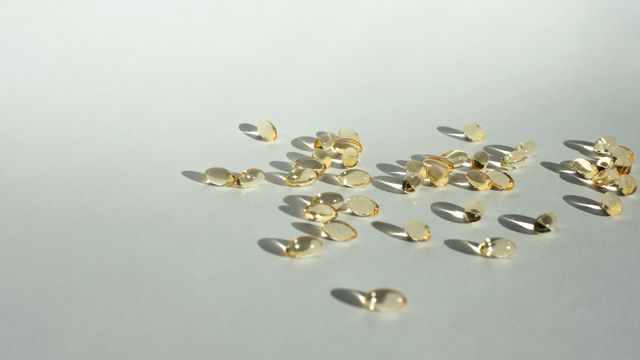
Vitamin B12 Boosts Cell Reprogramming Efficiency

Daily Scheduled Exercise Helps To Sync Body Clock
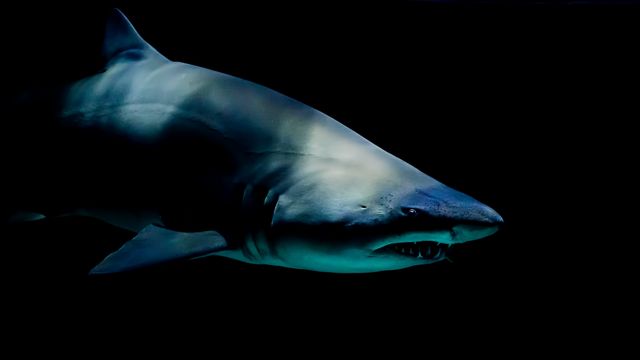
Sharks Possess “Surprising” Bitter Taste Perception
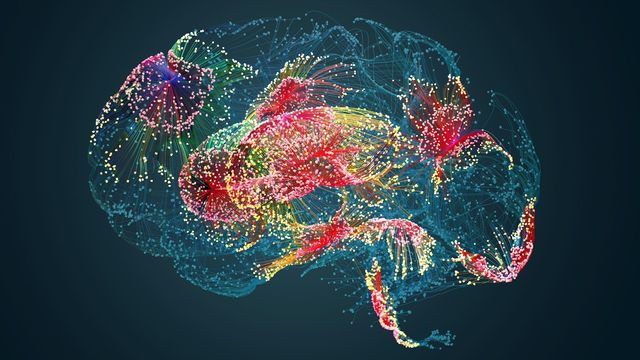
The Brain Swiftly Identifies Human Error
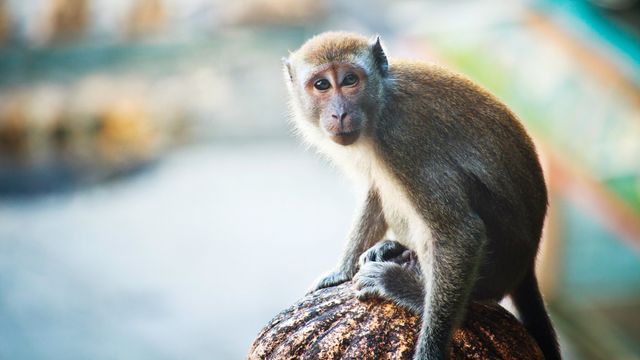
World’s First Chimeric Monkey Born Using Embryonic Stem Cells

Head Lice Help Scratch the Surface of Human Evolution
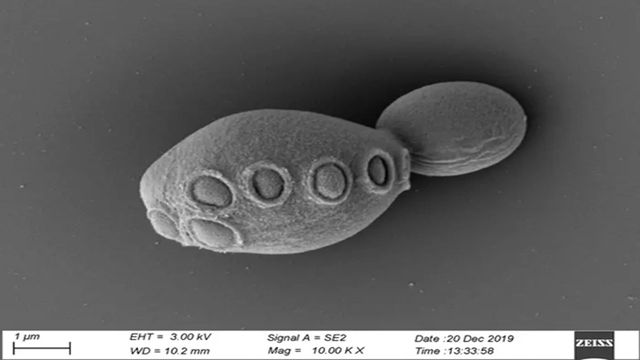
Half-Synthetic Yeast Engineered for the First Time

What Are We Still Learning About Ancient Pathogens and Diseases?
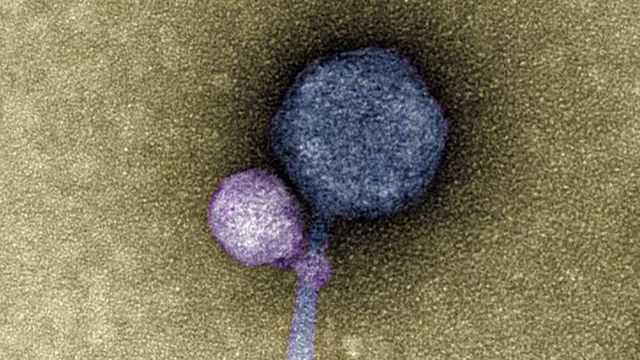
Viruses Can Latch Onto One Another




